Sustainability Trends
Sustainability trends are becoming increasingly relevant in the Antimicrobial Wipes Market. As consumers become more environmentally conscious, there is a growing demand for eco-friendly products. Manufacturers are likely to respond by developing wipes that utilize biodegradable materials and sustainable production practices. This shift towards sustainability may not only attract environmentally aware consumers but also align with regulatory trends favoring eco-friendly products. Market data indicates that the segment of sustainable antimicrobial wipes is gaining traction, suggesting that the Antimicrobial Wipes Market could see a significant transformation as it adapts to these evolving consumer preferences.
Rising Health Awareness
The increasing awareness regarding health and hygiene among consumers appears to be a primary driver for the Antimicrobial Wipes Market. As individuals become more conscious of the importance of cleanliness, the demand for antimicrobial products, including wipes, is likely to surge. This trend is particularly evident in households, schools, and workplaces, where the need for effective cleaning solutions is paramount. According to recent data, the antimicrobial wipes segment has experienced a notable growth rate, reflecting a shift in consumer preferences towards products that offer both convenience and efficacy. The Antimicrobial Wipes Market is thus positioned to benefit from this heightened focus on health, as consumers actively seek out products that can help mitigate the spread of germs and bacteria.
Diverse Application Areas
The versatility of antimicrobial wipes across various sectors is likely to propel the Antimicrobial Wipes Market. These wipes are utilized in numerous applications, including healthcare, food service, and personal care, which broadens their market appeal. The healthcare sector, in particular, has shown a growing reliance on antimicrobial wipes for infection control and surface disinfection. As industries recognize the benefits of using antimicrobial products, the demand for wipes is expected to increase. This diverse applicability suggests that the Antimicrobial Wipes Market could experience sustained growth as more sectors adopt these cleaning solutions.
Convenience and Portability
The convenience and portability of antimicrobial wipes are likely to be significant factors driving the Antimicrobial Wipes Market. In an increasingly fast-paced world, consumers appear to favor products that offer ease of use and on-the-go solutions. Antimicrobial wipes provide a quick and effective means of cleaning surfaces and hands, making them an attractive option for busy individuals and families. Market data suggests that the demand for portable cleaning solutions is on the rise, particularly among urban populations. This trend indicates that the Antimicrobial Wipes Market may continue to expand as consumers prioritize convenience in their cleaning routines.
Increased Regulatory Support
Regulatory bodies are increasingly emphasizing the importance of hygiene and sanitation, which could bolster the Antimicrobial Wipes Market. Governments and health organizations are likely to implement stricter guidelines and standards for hygiene products, thereby encouraging manufacturers to innovate and improve their offerings. This regulatory support may lead to enhanced product formulations and increased consumer trust in antimicrobial wipes. Furthermore, as regulations evolve, companies that comply with these standards may gain a competitive edge, potentially leading to market expansion. The Antimicrobial Wipes Market stands to gain from this trend, as compliance with regulations can enhance product credibility and drive sales.


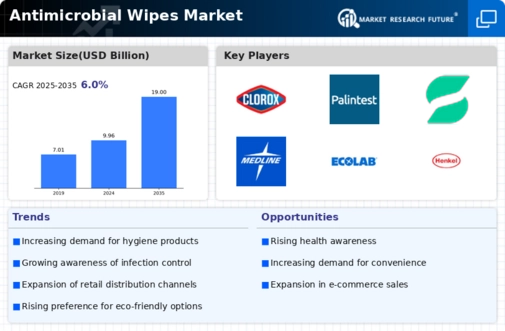
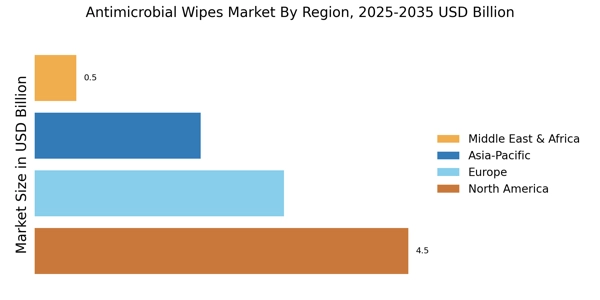

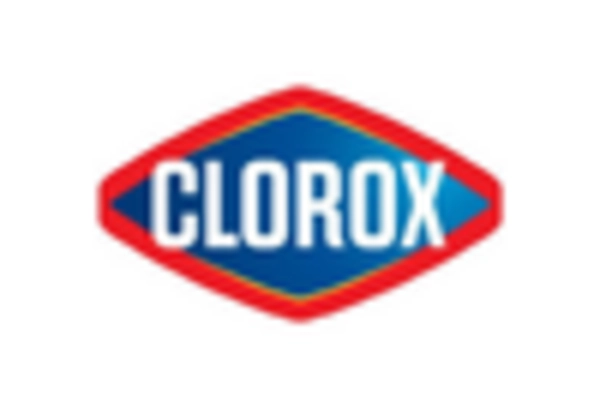
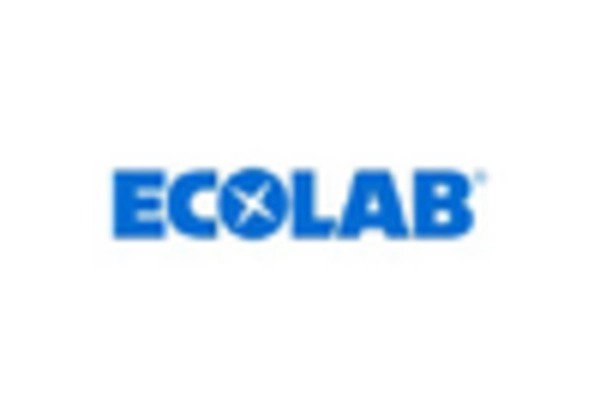
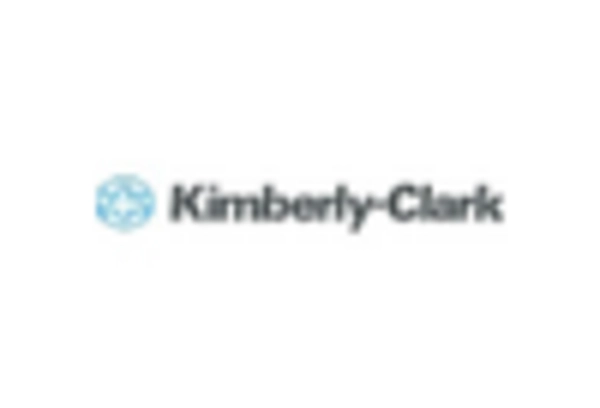
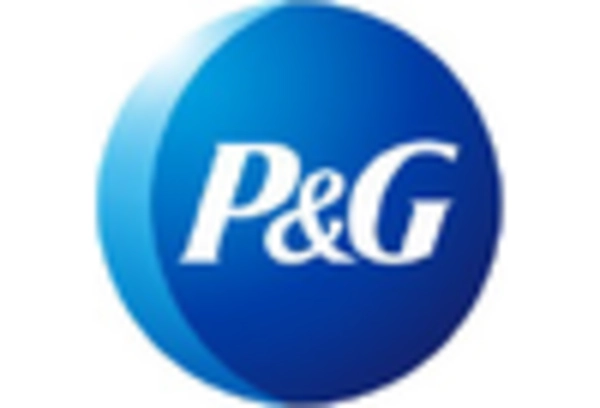
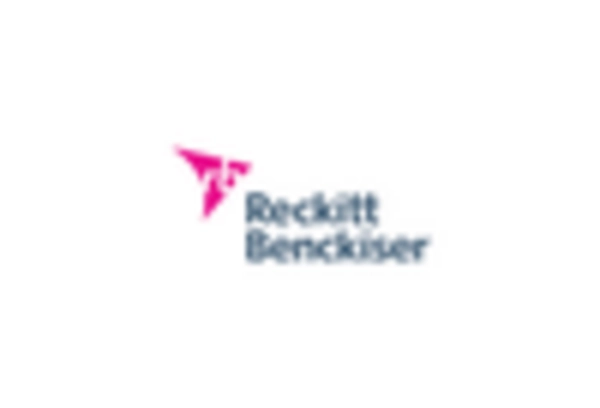








Leave a Comment